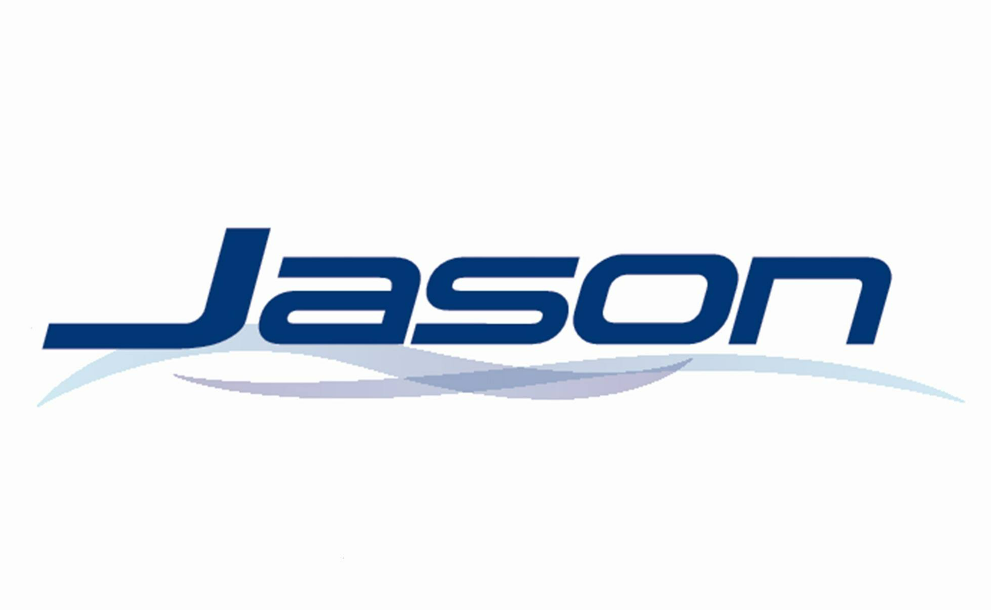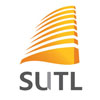Purpose statement:
The Technician III (Facilities & Engineering) is responsible for performing facilities and engineering maintenance activities in a timely manner to meet operational needs of the organization.
Essential Functions:
§ Perform routine preventive maintenance tasks and calibration as per standard operation procedures.
§ Carry out fault troubleshooting and equipment failure recovery.
§ Review, update and maintain R&M inventory to ensure necessary parts are readily available for repair and maintenance.
§ Monitor operation and performance of facility equipment on a daily basis and make adjustments as needed. Eg: HVAC, Air compressor, BMS system, DI water system, UPS.
§ Coordinate and supervise contractors to ensure necessary services are provided and meet Company standards.
§ Support and execute Capex project to realization.
§ Mentor and provide guidance to junior technicians.
§ Receive the appropriate training and contribute as a Company Emergency Response Team (CERT) member.
§ Perform other duties as specified by Management.
§ Be aware of the quality policy and contribute to achieving quality goals by following all related procedures and work instructions. And by doing so adhere to the requirements of the ISO 9001 standard applied within the company, where applicable.
§ Practice safe working habits, follow all IDT safety policies, perform safety checks on equipment and systems, and identify, correct, and report potential safety hazards.
Education:
§ Diploma or Bachelor’s Degree in Engineering.
Professional Experience:
§ Aptitude and general knowledge of repair techniques.
§ Experience in M&E services and Building Management System (BMS).
§ Experience in carrying out maintenance on a variety of machines including fault finding diagnosis and repairing breakdown to plant and equipment such as electrical building services and lighting, water purification, HVAC, CDA and nitrogen systems.
§ Basic knowledge of calibration.
Other Job Qualifications
§ Required to work permanently in night shift (10pm – 7am).
§ Must be able to work overtime on weekdays and weekends as required.
§ Must be comfortable working with chemicals and follow proper safety and handling instructions.
§ Must be able to work as a group or independently.
§ Highly organized and detail oriented with ability to maintain several projects at one time.
§ Able to interact in a professional manner with customers, employees, and all levels of management.
Intellectual/Emotional Requirements:
Essential Function
§ Adaptability to performing a variety of duties, often changing from one task to another without loss of efficiency or composure.
§ Ability to maintain both a high standard of courtesy and cooperation in dealing with co-workers.
§ Adaptability to accepting responsibility for the direction, control or planning of an activity.
§ Adaptability to situations requiring the precise attainment of set limits, tolerances or standards.
§ Adaptability to perform repetitive work or to perform continuously the same work, according to set procedures sequence or pace.
§ Adaptability to perform under stress when confronted with critical, unusual, or dangerous situations, or situations in which working speed and sustained attention are make-or-break aspects of the job.
Physical Requirements:
Exert 50-100 lbs. of force occasionally and/or 25-50 lbs. of force frequently
Constant = 67-100% of work day
§ Repetitive Motion: substantial movements (motion) of the wrists, hands, and/or fingers.
§ Standing: maintaining an upright position.
§ Using Fingers/Grasping/Feeling: writing or otherwise working, primarily with fingers rather than with the whole hand or arm as in handling. Applying pressure to an object with the fingers or palm and perceiving attributes of objects such as size, shape, temperature or texture by touch.
§ Reaching: extending hand(s) and arm(s) in any direction.
Frequent = 34-66% of work day
§ Sitting: to assume a position in which the weight is largely supported by the buttocks, usually with the body vertical and the thighs horizontal.
Occasional (33% or less of work day)
§ Lifting: raising objects from a lower to a higher position or moving objects horizontally from position to position.
§ Bending: bending body downward and forward by bending spine at the waist and/or bending leg; bending legs at knee to come to rest or kneel.
§ Pushing/Pulling: using upper extremities to press against something with steady force in order to thrust forward, downward or outward/using upper extremities to exert force in order to drag, haul or tug objects in a sustained motion.
§ Talking: expressing or exchanging ideas by means of the spoken work- those activities in which they must convey detailed or important spoken instructions to other workers accurately, loudly, or quickly.
§ Hearing: perceiving the nature of sounds at normal range; ability to receive detailed information through oral communication, and to make fine discriminations in sound, such as when auscultating and percussing.
§ Standing: maintaining an upright position.
§ Walking: moving about on foot to accomplish tasks.
§ Climbing: stairs, stools, ramps, ladders.
§ Fitting: comfortable to don personal protective equipment such as but not limited to full face respirator, lab coat, face mask, beard cover, shoe cover, safety shoes, safety glasses
Visual Acuity:
§ Work requires close vision, distance vision, peripheral vision, depth perception and ability to adjust focus.
§ Ability to read pertinent printed material and distinguish colors.
§ Ability to accurately read measurements on equipment.
§ Ability to prepare and read written documentation; use of computer.
























